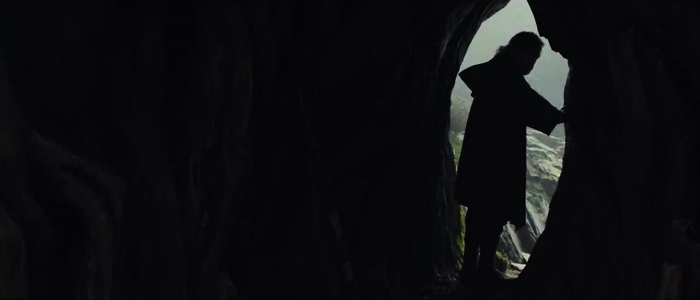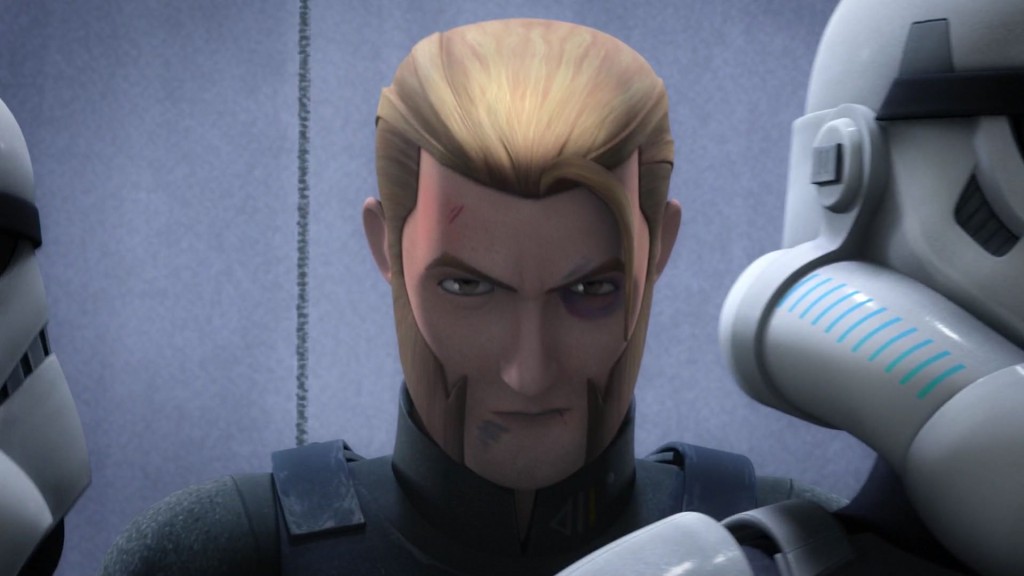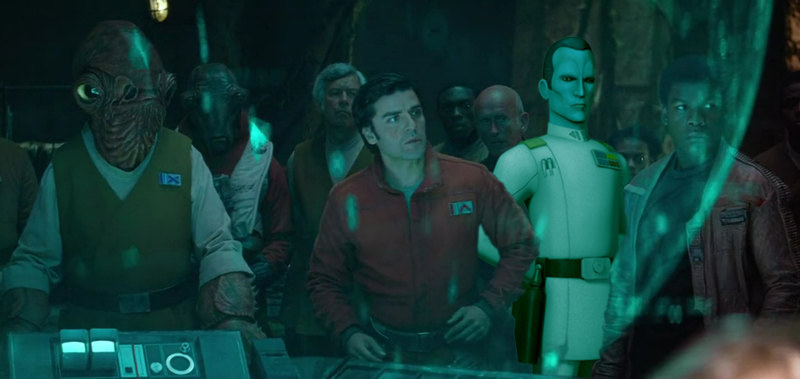
Comparing anything in the Star Wars galaxy to the works of JRR Tolkien is a tricky business, and one we should be cautious of. Though George Lucas did once cite The Lord of the Rings as an influence, thematically they are very different works, and Tolkien and Lucas drew their core inspirations from very different places. When it comes to Dave Filoni’s work on The Clone Wars and Rebels, though, the situation is a little different.
Filoni is a self-confessed Tolkien fanboy, who has talked often of the professor’s influence on his work. He even gave Ahsoka some of Gandalf’s lines in Rebels season two (“I have questions – questions that need answering”), as Ahsoka dropped in and out of the story as the old wizard does in The Hobbit. In a recent interview with Fangirls Going Rogue, Filoni revealed that his main influence when creating the character of Bendu for season three was in fact the notorious Tom Bombadil from The Fellowship of the Ring.
Bendu is generating a great deal of interest as the internet struggles to decipher Luke Skywalker’s cryptic words in the trailer for The Last Jedi. Bendu does, after all, claim to be “the one in the middle,” a new perspective on the Force. Attempts to argue that the character is a sign that Lucasfilm are laying the groundwork for a more “grey” approach, however, risk clouding the true meaning of the character, and overlooking some unsettling truths about him. For a fuller understanding, it helps to look at the character of Bombadil, and work towards Bendu from there.



